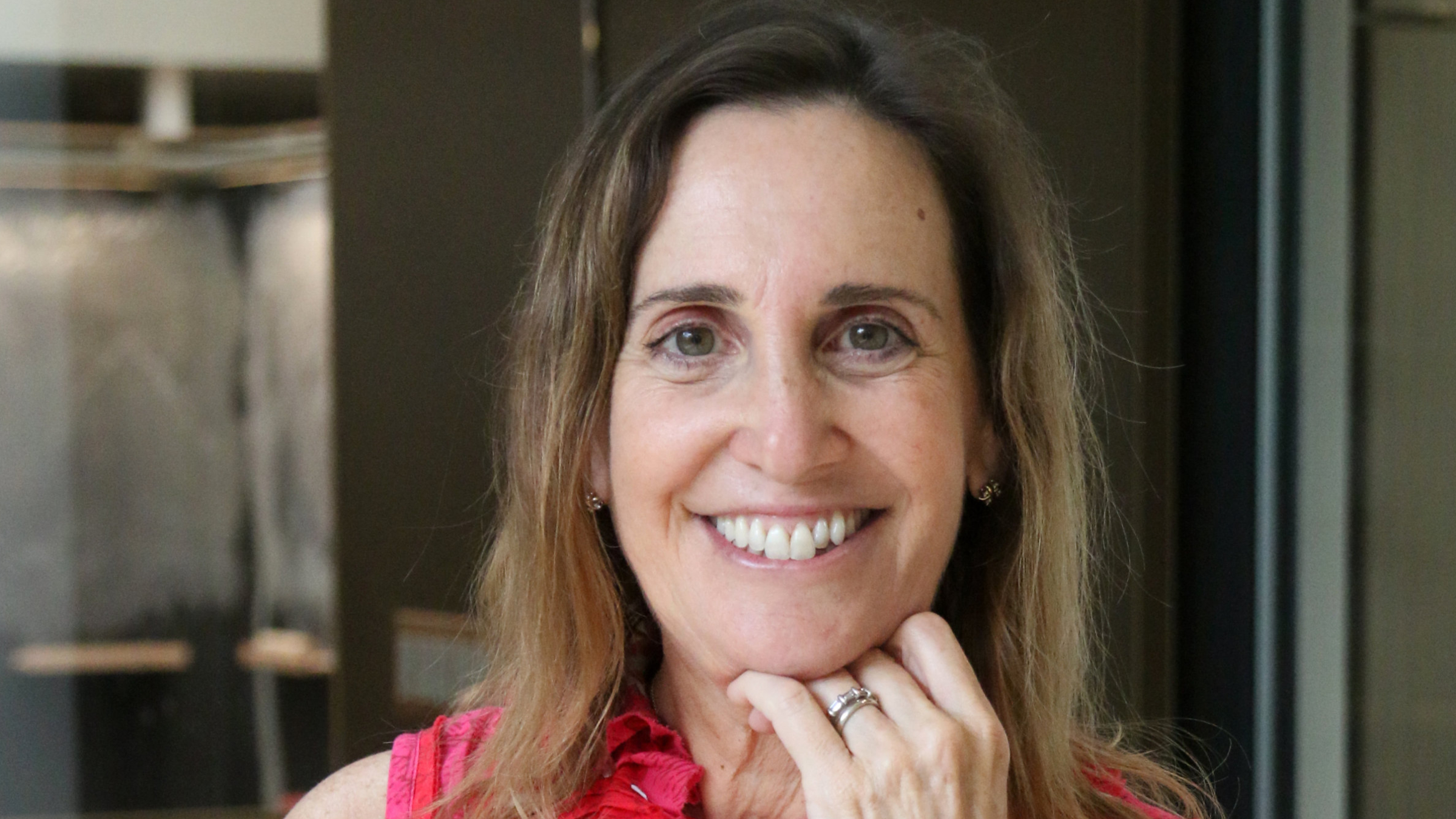
MIT lab creates tool to find cancer mutation drivers 'anywhere in the genome'
Precision oncology has been heralded as the way forward in treating cancer, but searching for driver mutations has complicated that journey as existing methods can’t be applied to the entire genome.
But a new method out of MIT looks to change the way cancer driver mutations are found and, in doing so, speed up the process. A group out of Bonnie Berger’s lab at the institution has developed what they named “Dig,” an interactive map for finding driver elements and mutations “anywhere in the genome,” according to a paper published this week in Nature Biotechnology.
Unlock this article instantly by becoming a free subscriber.
You’ll get access to free articles each month, plus you can customize what newsletters get delivered to your inbox each week, including breaking news.